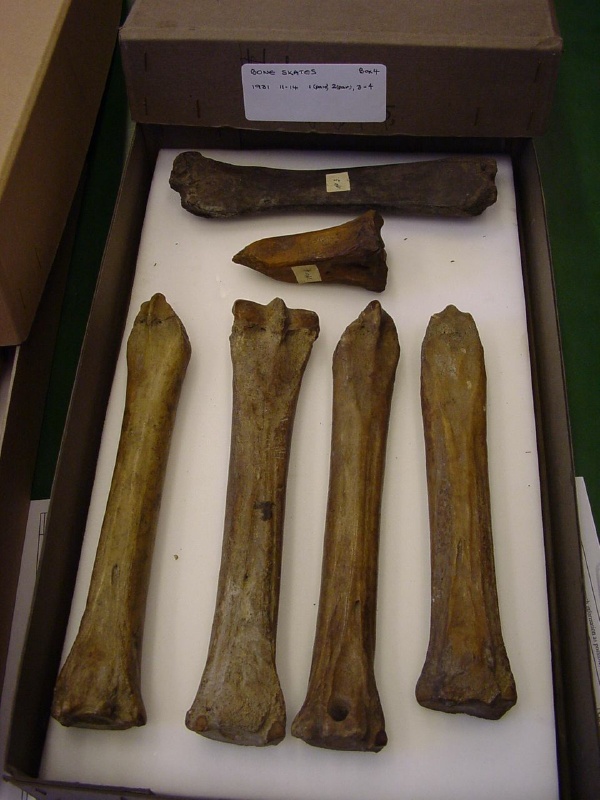Archaeological evidence shows that bone skates (skates made of animal bones) are the oldest human powered means of transport, dating back to 3000 BC. Why people started skating on ice and where is not as clear, since ancient remains were found in several locations spread across Central and North Europe.
In a recent paper, published in the Biological Journal of the Linnean Society of London, Dr. Federico Formenti and Professor Alberto Minetti show substantial evidence supporting the hypothesis that the birth of ice skating took place in Southern Finland, where the number of lakes within 100 square kilometres is the highest in the world.
“In Central and Northern Europe, five thousand years ago people struggled to survive the severe winter conditions and it seems unlikely that ice skating developed as a hobby” says Dr Formenti. “As happened later for skis and bicycles, I am convinced that we first made ice skates in order to limit the energy required for our daily journeys”.

Formenti and Minetti did their experiments on an ice rink by the Alps, where they measured the energy consumption of people skating on bones. Through mathematical models and computer simulations of 240 ten-kilometre journeys, their research study shows that in winter the use of bone skates would have limited the energy requirements of Finnish people by 10%. On the other hand, the advantage given by the use of skates in other North European countries would be only about 1%.

Thus, they write, Finnish populations could benefit more than others from developing this ingenious locomotion tool.
Subsequent studies performed by Formenti and Minetti have shown how fast and how far people could skate in past epochs, from 3000BC to date.

Article: The first humans travelling on ice: an energy-saving strategy?, Federico Fermenti, Alberto E. Minetti (2008), Biological Journal of the Linnean Society 93 (1), 1–7. doi:10.1111/j.1095-8312.2007.00991.x






Comments